After 3 years waiting, I've been there and it was worth it !
If you want a video of the trip: http://www.youtube.com/watch?v=ndKX_pUILIQ
Anyway, after preparating the trip alone (thanks a lot to everybody who gaves me places !), not really help in the process by my friends (see the result, I am quite proud of myself), I took the start of Lyon accompanied by my friend Thibault (ex classmate, now true compet herpetologist !).
We find our dear friend Jessy at the Orange train station after more than 4h30 driving (instead of two normally) spent in this monstrous caps of this Saturday, July 10 (must be crazy to leave on a Saturday) and take the direction of Perpignan in order to find Remi, Lucas, Léa and Kevin, our companions for two short days, and Karim, who will accompany us throughout the whole trip (but was already on vacation there, savings that mileage).
Our arrival at Perpignan was much later than expected (17h instead of 13h originally planned) but we were expected with a smile and that's what counts!
Quickly, Remi who knows the area made us a site visit where we had the chance to observe the Psammodromus hispanicus and the Podarcis liolepis.
The second site visit is a friendly ex prisoners camp (Rivesalte) where we soon observe many Tarentola mauritanica as well as Discoglossus pictus.

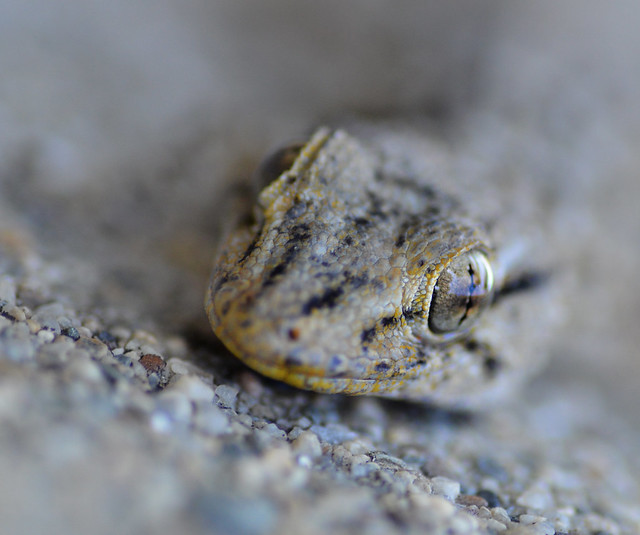
Tarentola mauritanica
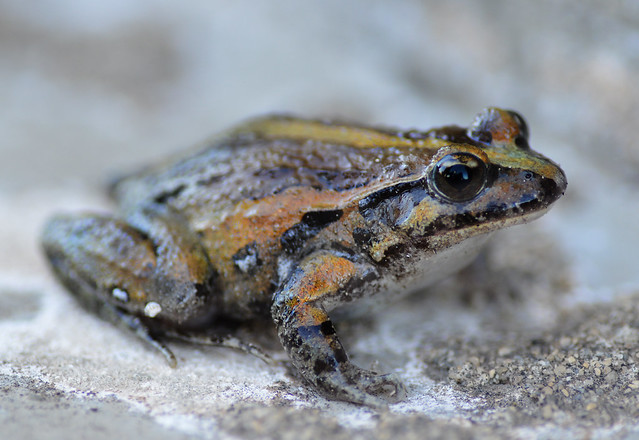
Discoglossus pictus

We spend the evening in Spain (not for alcohol, nightclubs and b****** but to look for small animals) on a known site to Rémi attempt to observe the Pelobates cultripes. And it was a great success, the Tarentola were still appointment as well as Natrix maura, Bufo bufo spinosus, Hyla meridionalis and the [i Pelophylax perezi [/i].
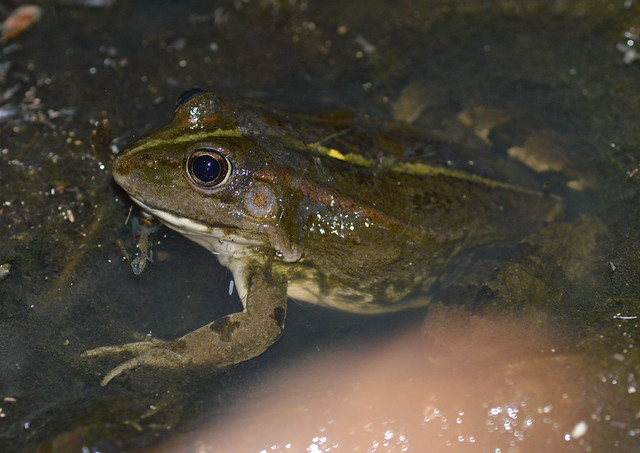
Pelophylax perezi
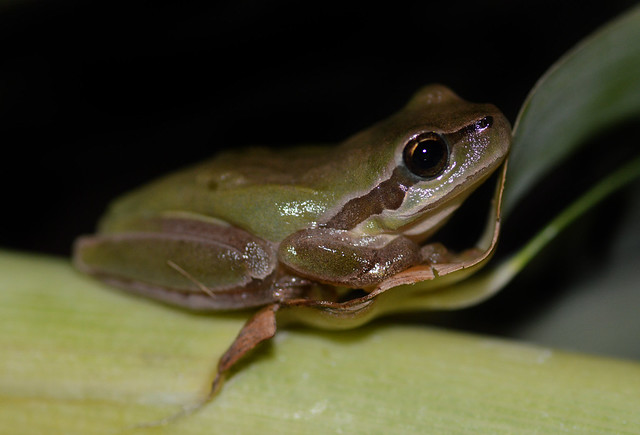
Hyla meridionalis

Pelobates cultripes

Pelobates cultripes
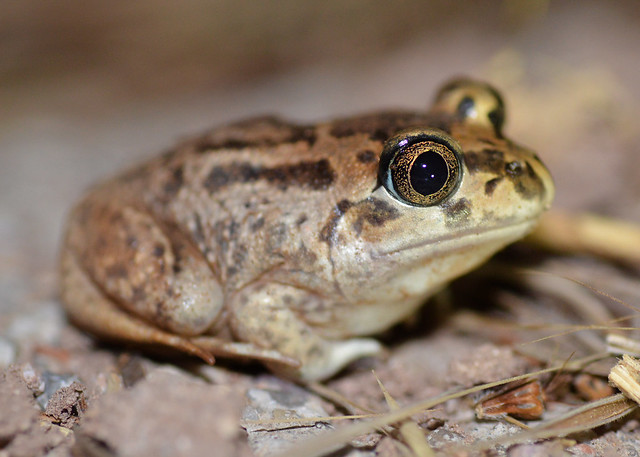
Pelobates cultripes

Pelobates cultripes
After a short night, we are left again in search of reptiles, especially Mauremys leprosa in Sunday, July 11 day of God!
The area is very great because it is not very complicated to observe and we put full view before leaving other higher elevations.
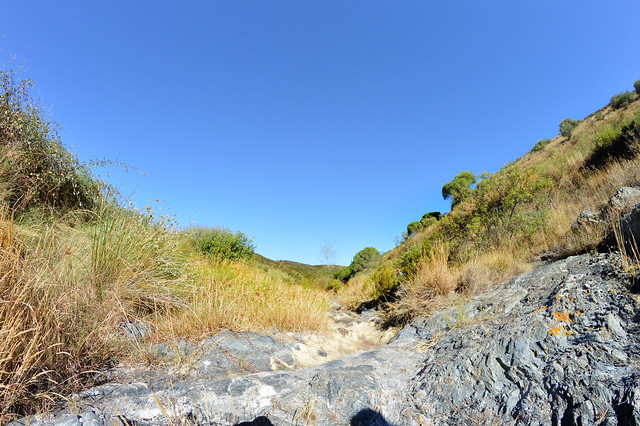
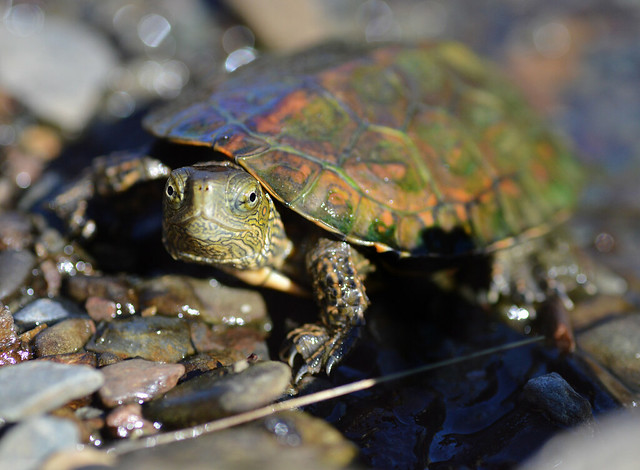
Mauremys leprosa

Mauremys leprosa
Before getting into the altitude, we took the time to do a little group photo for Lea and Kevin leaving us there. Remembering these short herpetological moments shared together!

We take direction of Remi's home!
The road is long because a naturalistic driving never runs quickly but we finally arrive soon enough to get the Vipera aspis zinnikeri on a site which again, is more as successful (thank you Remi!).
The Anguis fragilis, Bufo bufo spinosus, the Rana temporaria, Zootoca vivipara, Coronella austriaca and later, Lissotriton helveticus and Bufo calamita complete the list.
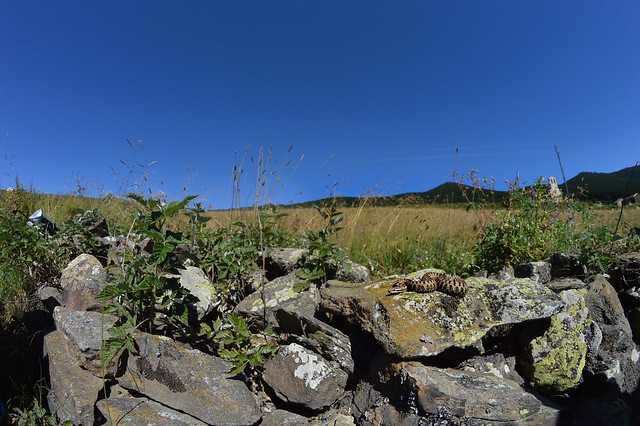
Vipera aspis zinnikeri
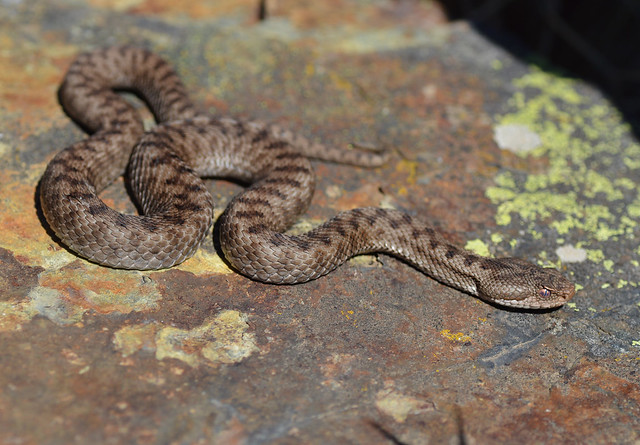
Vipera aspis zinnikeri
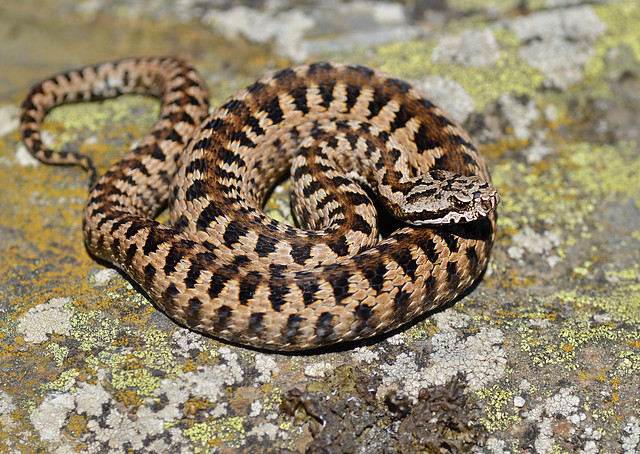
Vipera aspis zinnikeri
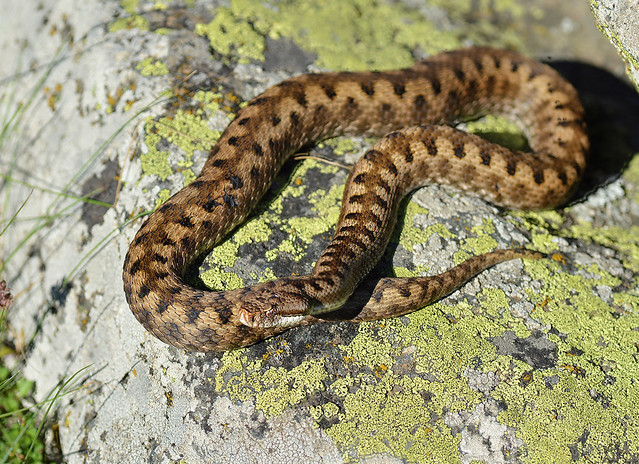
Vipera aspis zinnikeri
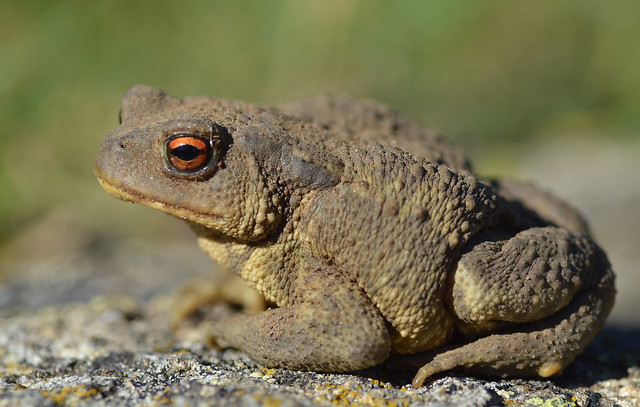
Bufo bufo spinosus
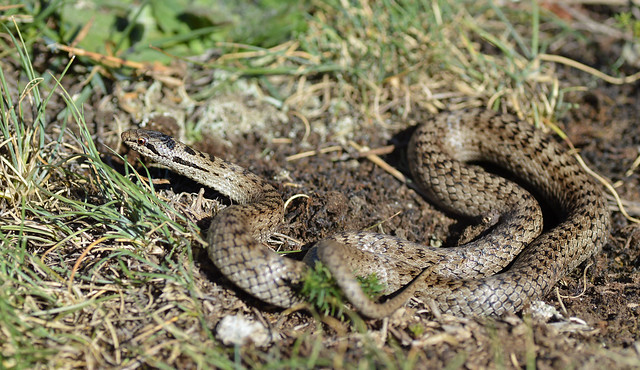
Coronella austriaca

Rana temporaria
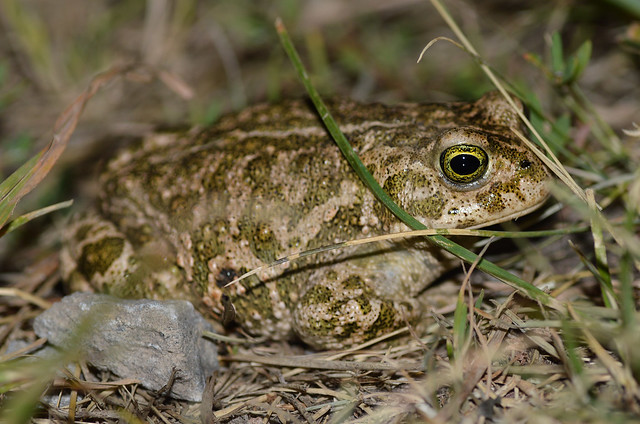
Bufo calamita
Monday, August 12, the start is early in the morning as we start looking for a mountain lizard that we expected to find quickly (before realizing that we had to walk 1h30). We took the time to make a stop at the Col de Puymorens on the advice of Rémi (again!), where we soon observe a local rarity, Lacerta agilis garzoni.
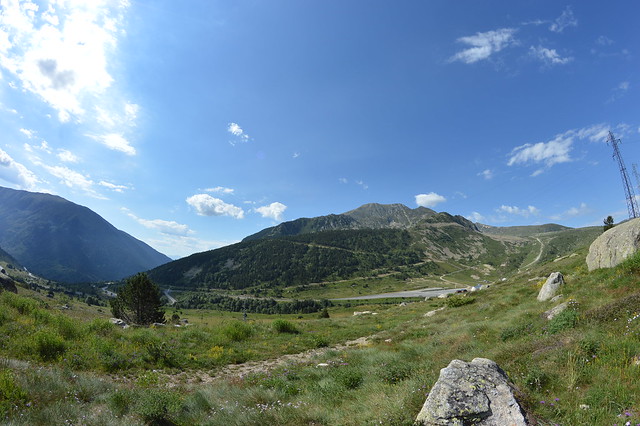
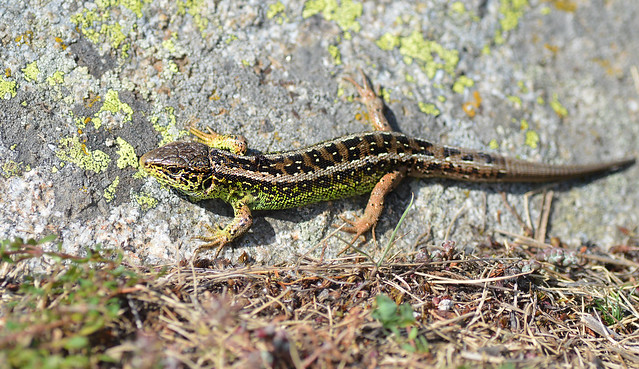
Lacerta agilis garzoni

Lacerta agilis garzoni
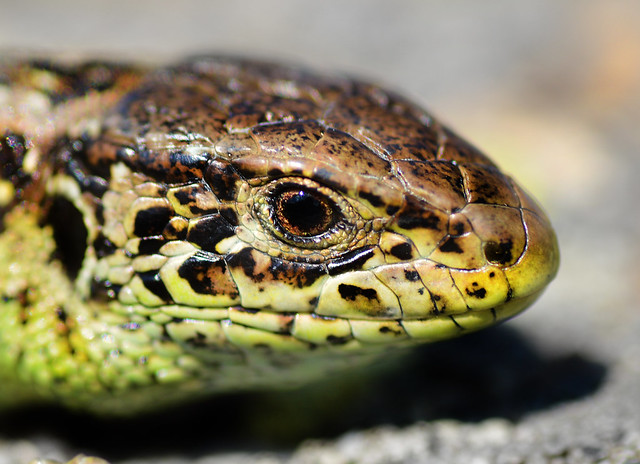
Lacerta agilis garzoni

Lacerta agilis garzoni
The road that separates us from our Lizard place Iberolacerta aurelioi is not long and, confident when we arrived, we soon realize that we need to actually walk from 1h30 to wait for the spot. Never mind, we take the road after playing with a young Prunella collaris. Bad idea because, just arrived at the spot, the unpromising cloudy becomes violent storm and we were forced to come back running in the pouring rain!
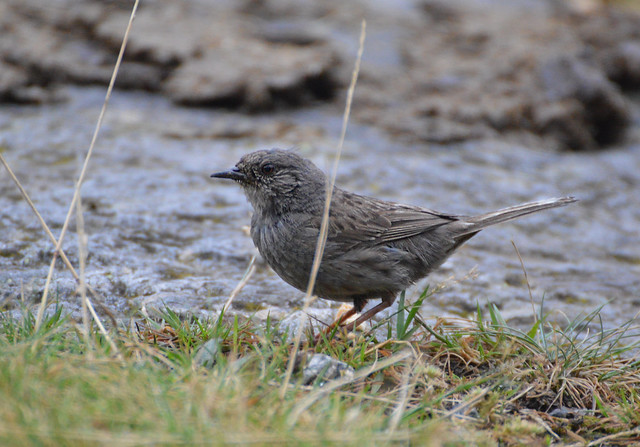
Prunella modularis
The night was very wet and some of us were like sleeping in a bog!
Wake up in Tuesday, August 13 time is not much more engaging, and we soon decide whether to continue the road (to return later on the trip).
The road separating us from next spot is very nice (although tags "NO TO BEAR" are really annoying) and we do deserve a break near a mountain lake. The opportunity for us to observe Alytes obstetricans and Zootoca vivipara.

Alytes obstetricans
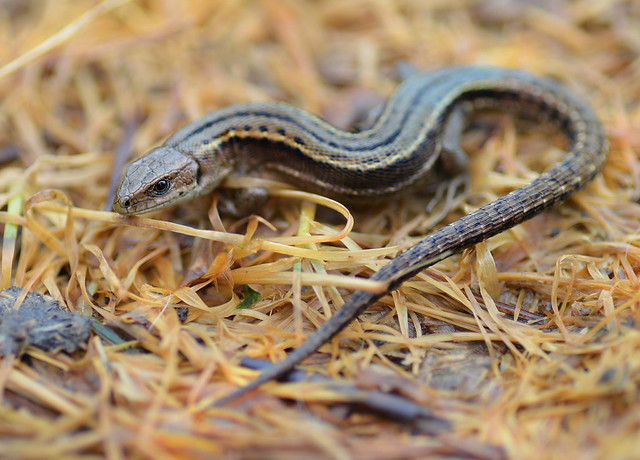
Zootoca vivipara
Finally arrived at the site where the lizard should live in the Val d'Aran (Iberolacerta aranica) (for 2 hours walk), fog and cold weather hinder our enthusiasm and we were forced to watch face it, we won't see it, especially as we do not see 5 meters in front of us ...
However, little ray of sunshine in this gloomy atmosphere, Thibault spots a strange caterpillar ... which was none other than Calotriton asper in terrestrial phase. This discovery gaves us the desire to seek other, what we do with success!
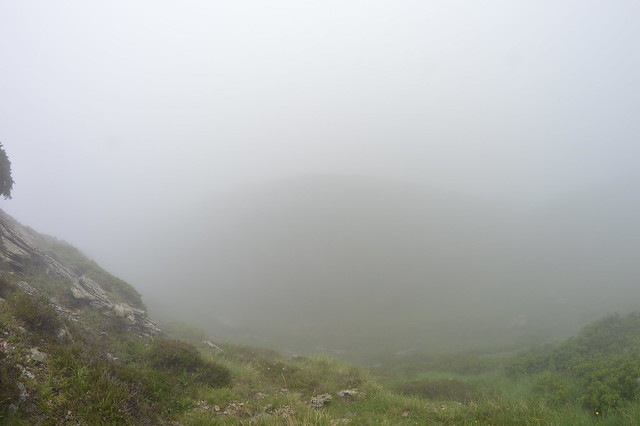
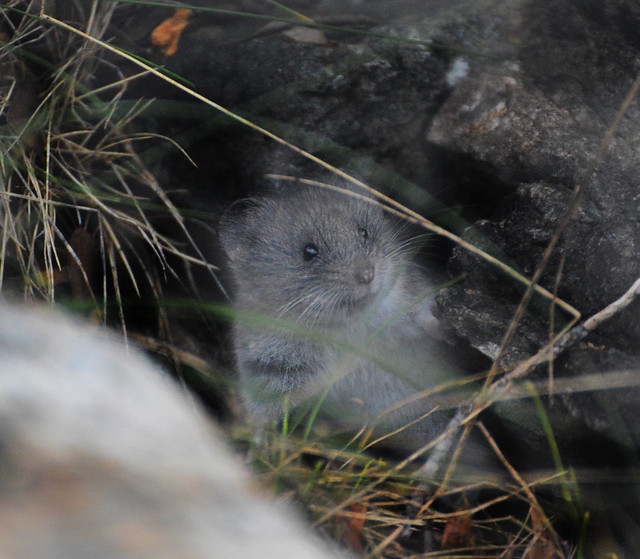
Microtus nivalis

Calotriton asper
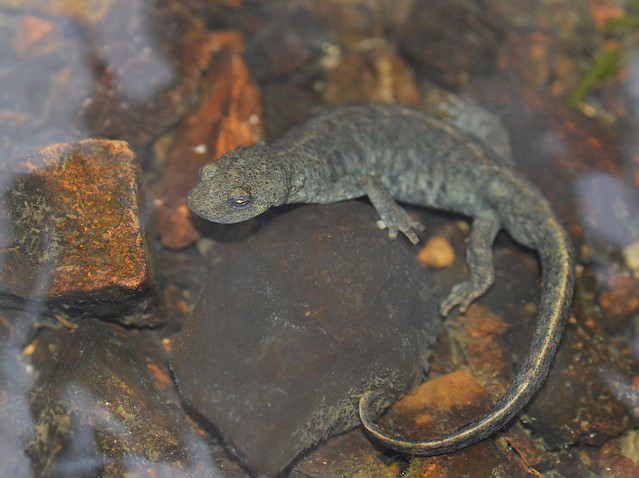
Calotriton asper
Useless to waste more time there, we spend the night at the foot of our spot for Iberolacerta bonnali. The stars begins to appear in the night, perhaps the promise of warmer weather Renewal (?).
Wednesday, August 14, what a pleasure to glimpse the sun, moreover, at the place where we go!
Quickly, we climb into the car and join the site.
The wait was short (but with such a landscape it is always a nice wait!) and we soon saw our dear friend Iberolacerta bonnali.
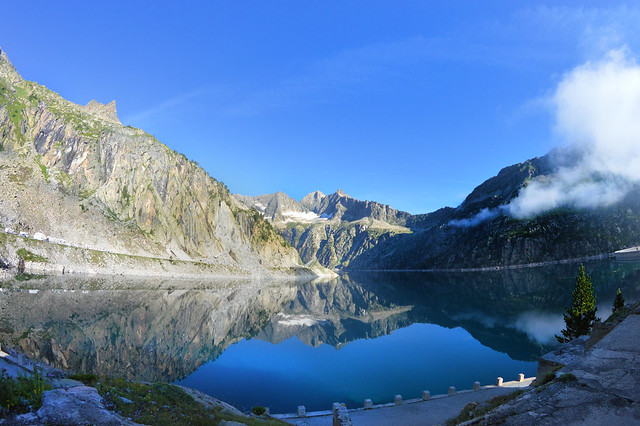
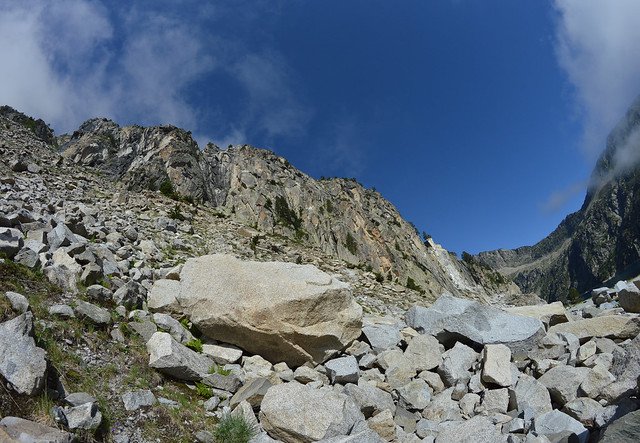

Iberolacerta bonnali
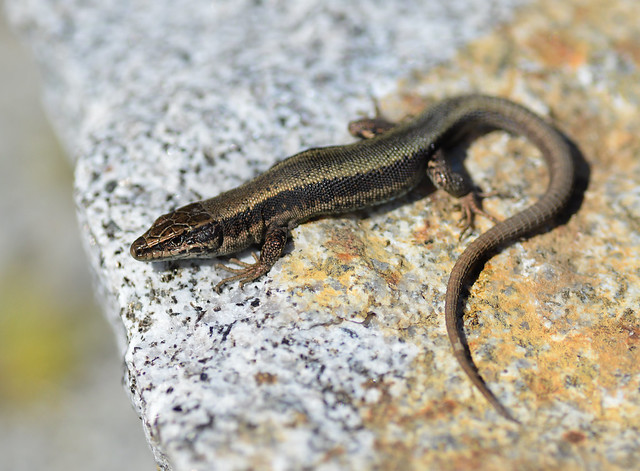
Iberolacerta bonnali
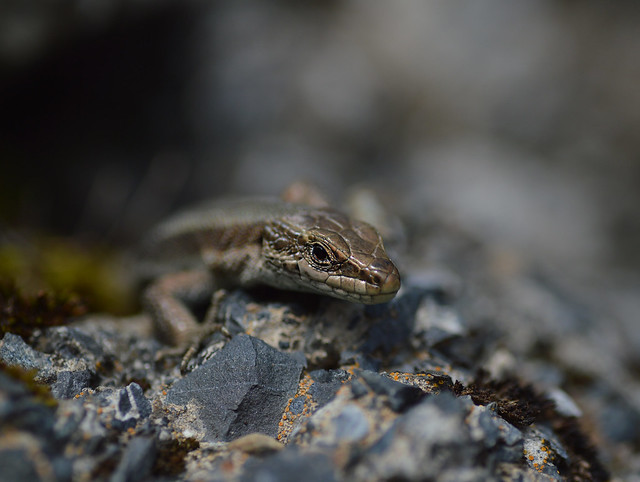
Iberolacerta bonnali
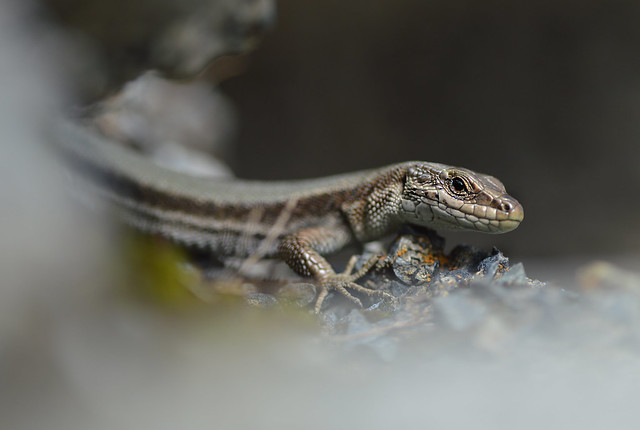
Iberolacerta bonnali
Proud of this early success, it remains for us to quietly join the next site, one of the highly anticipated Vipera seoanei!
This time, I took care to reserve a room in a cottage and we leave aside. Short break for "vultures" a few kilometers before our destination, and Jessy who longed to relieve the call of nature has failed to do it on a small Vipera aspis zinnikeri he saw early enough (Phew!).

Vipera aspis zinnikeri
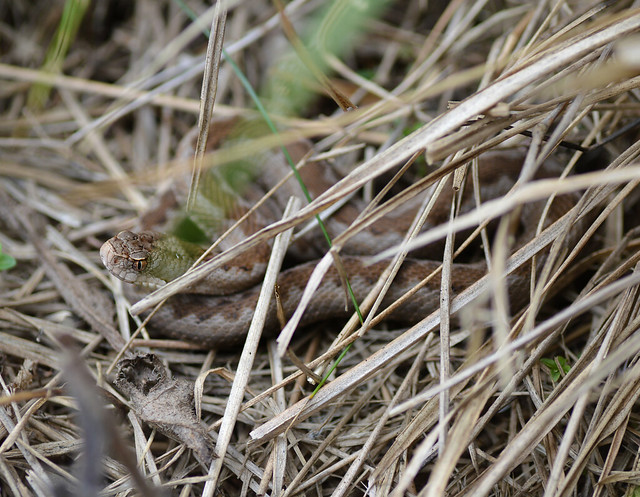
Vipera aspis zinnikeri
Finally arrived at the Chalet (located on a neck of active migration followed by LPO, many of whom were visiting that day), we leave quickly to search Vipera seoanei because it was already late, with, again, an almost insolent success (we met Spanish herpers who were there for 3 days and saw only five snakes (yes that's not bad at all)) with the discovery of 3 snakes (I do not put any in every time because I do not always manage my photos).


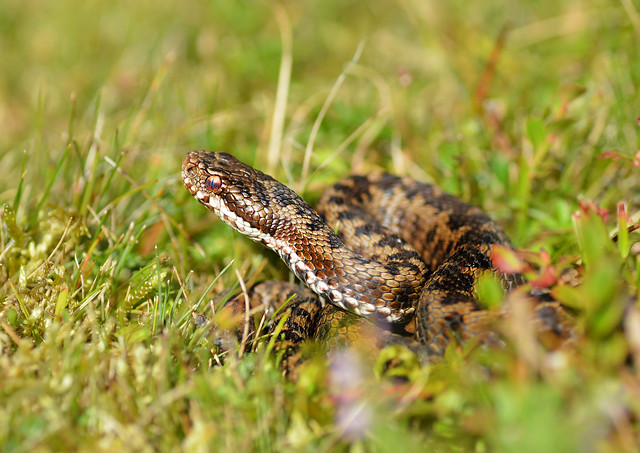
Vipera seoanei

Vipera seoanei
Night back on the site, the opportunity to discover the sublime Salamandra salamandra fastuosa and cross the road of Rana temporaria, Alytes obstetricans, Bufo bufo spinosus, Lissotriton helveticus and Calotriton asper.
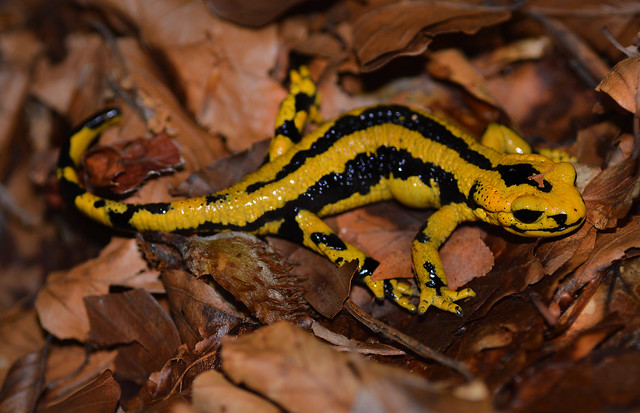
Salamandra salamandra fastuosa
Thursday, August 15 day again on the same site (because we love these vipers!) but we were joined by Alexander (one of our good friends and incidentally my namesake). Lucky he is, then he arrived while we were photographing a viper (not even need to look for it, life is beautiful).
We found 5 Vipers that day, including a Jessy's found totally amazing, a "Sooty" animal (or almost). Real rarity in normal time, but more importantly apparently never seen on this site yet well known by herpetologists.
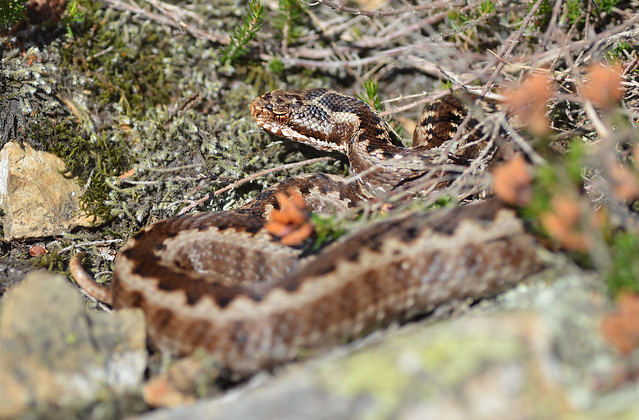
Vipera seoanei
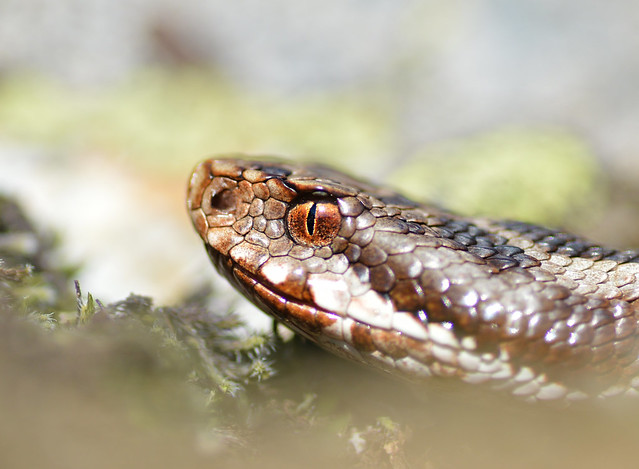
Vipera seoanei
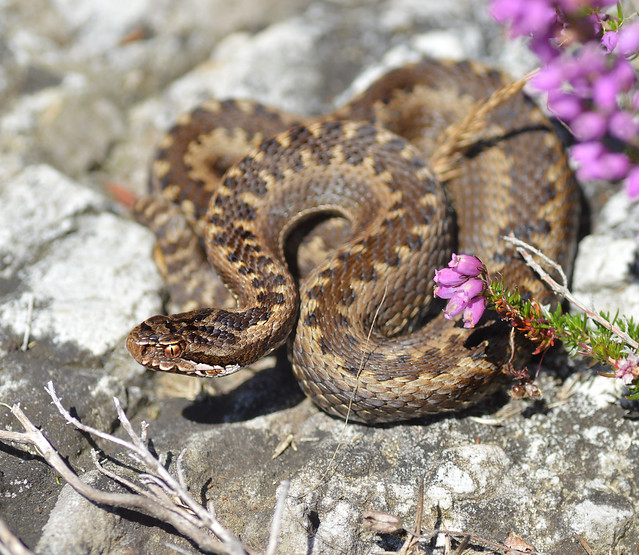
Vipera seoanei
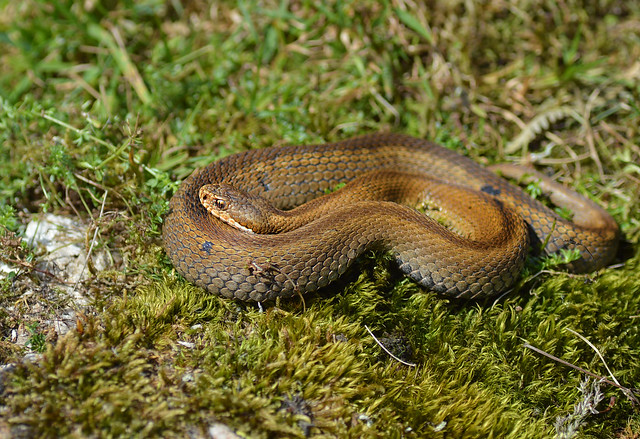
Vipera seoanei

Vipera seoanei

Vipera seoanei
As versatile naturalists we are, we can not resist the urge to join the LPO for lunch, watching the migration (but not only).
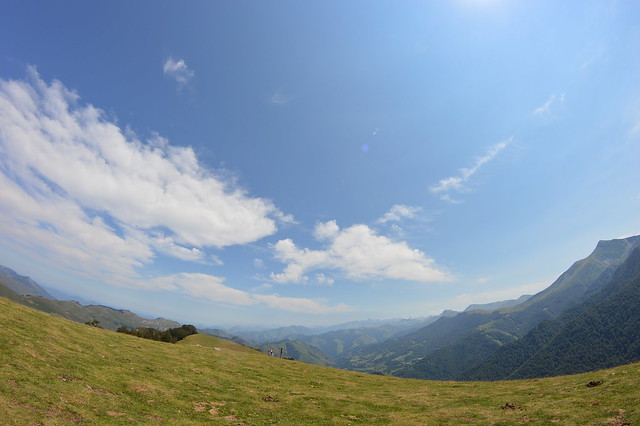


Gyps fulvus
The heat of the afternoon and the morning fruitful observations lead us to seek Calotriton asper to take pictures of it in underwater viewing with a field aquarium.
In this research, we will witness a scene of rare beauty and truly unique. The emergence of a clutch of Zootoca vivipara.
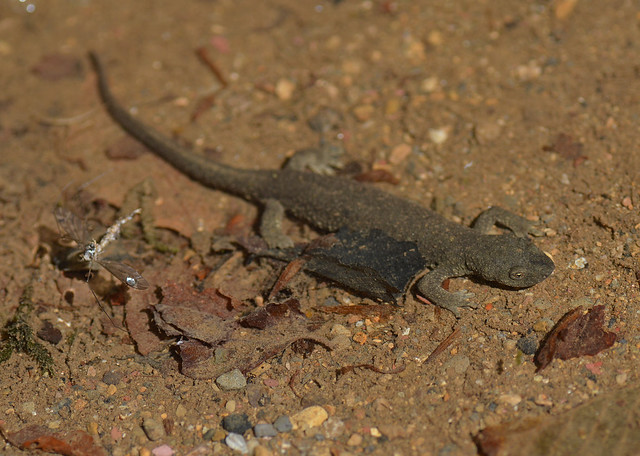
Calotriton asper

Calotriton asper
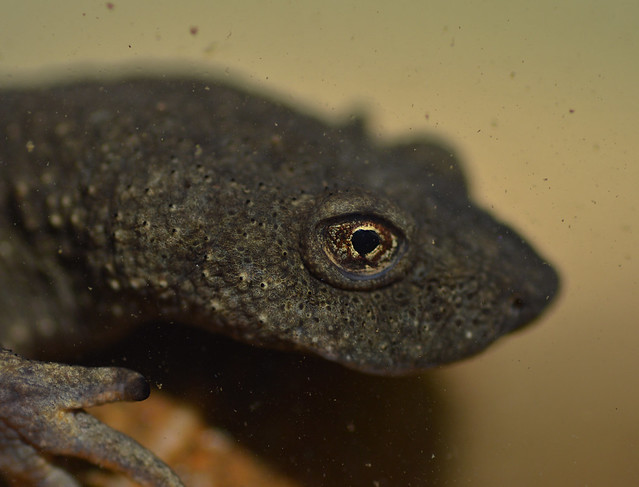
Calotriton asper
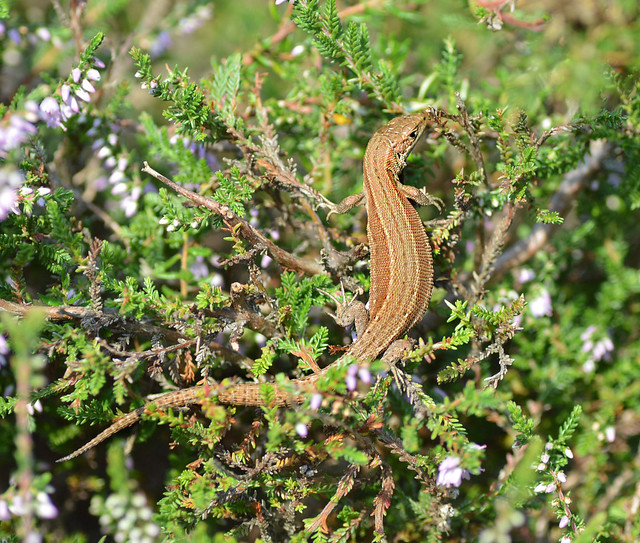
Zootoca vivipara
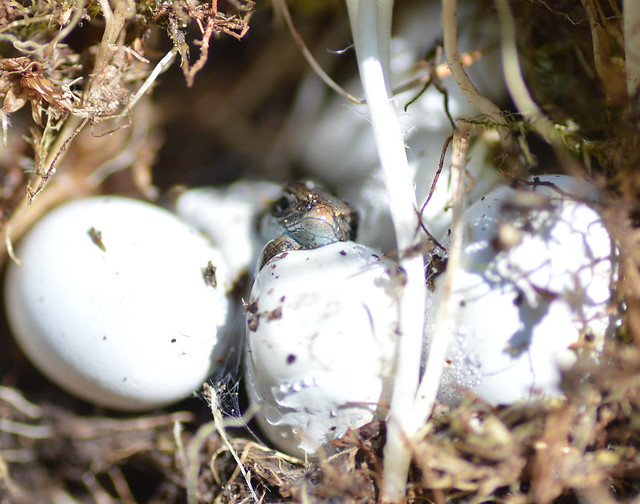
Zootoca vivipara

Zootoca vivipara
We ended the day in search of Rana pyreneica, the only real failure of the trip ...
However, the night was not useless because the species of the previous night were back to visit. In addition, on the road to the river, what was our surprise to meet a Vipera seoanei at night ride on the road!
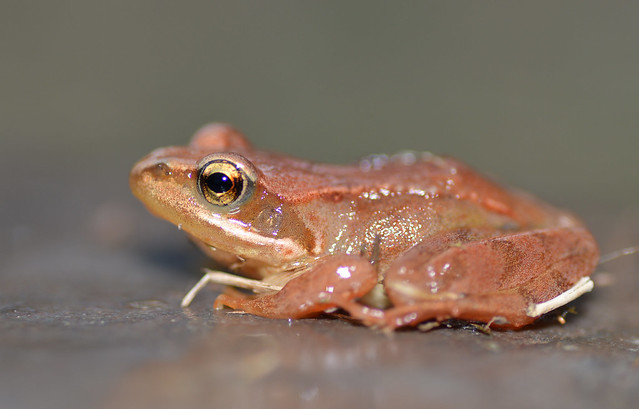
Rana temporaria
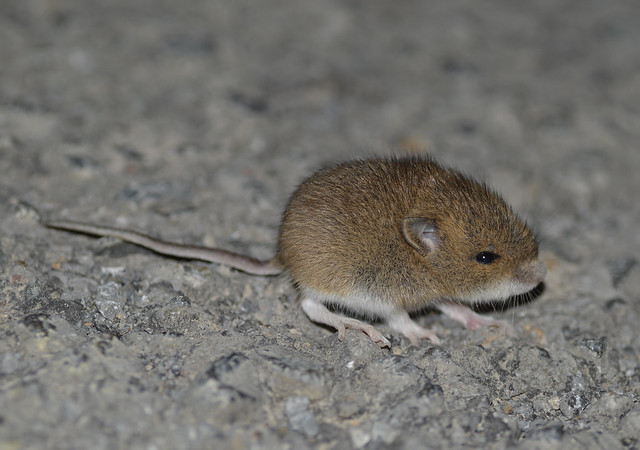
Apodemus sylvaticus
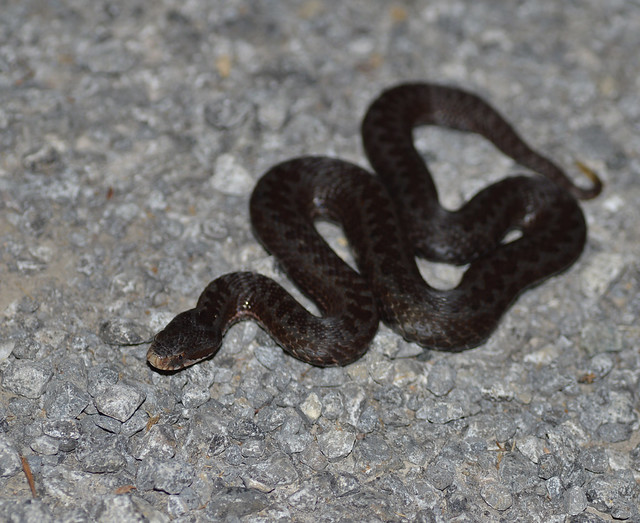
Vipera seoanei
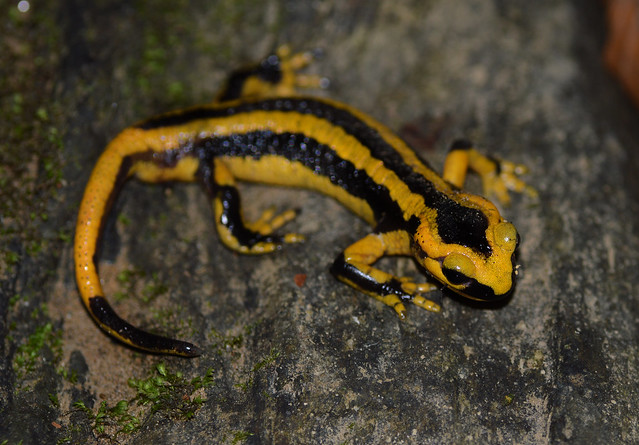
Salamandra salamandra fastuosa
To conclude, this Seoane's Viper campaign results in the discovery of 9 individuals on one day and a half (no offense to our Spanish friends).
Friday, August 16n early start to a long road trip to the North of Burgos in Spain (I know you know that place guys !).
The first stop, motivated by the discovery of a crashed unidentified animal (who was just a Sparrow) allows us to catch glimpses of Lacerta schreiberi and Timon lepidus .
Arrived in the town to explore, we extensively explored the area without success. A note, a Chalcides striatus. This unpromising start pushes us to work on our Spanish with the locals and we had the chance to meet a very informed person on the subject of vipers, which indicates us an "Aspis" spot.
Once there, we saw a young Timon lepidus and fall by chance on a asp viper (perhaps crossed with a snub-nosed Viper, see the subject about this there).


Vipera aspis x Vipera latastei ?
At night, we had the amazing opportunity to observe in the middle of the road, a Viper, we had long thought to be an aspic (crossed Lataste) and was indeed Vipera latastei , we learn that once the stay was over (thanks to you !).
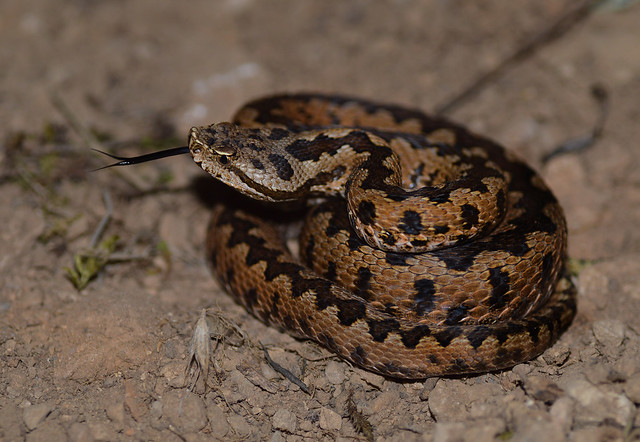
Vipera latastei
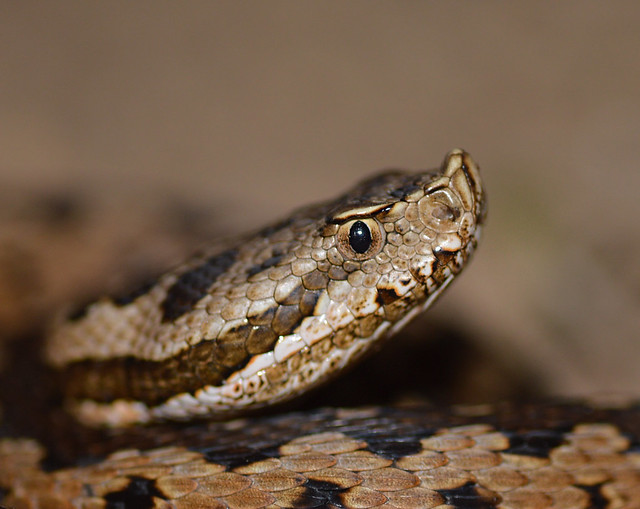
Vipera latastei
So it is with an aftertaste of failure (which was absolutely not) that we camp closer to the French border.
Saturday, August 17 we came back to our famous spot for Iberolacerta aranica (yes again!), and once again, the fog is present . The day comes down to a well deserved rest and a dinner around the campfire: roast chicken!
But herpetologist do not keep up you know, and in the afternoon we could not help but find the asp viper (Vipera aspis zinnikeri) and the worst is that we found!

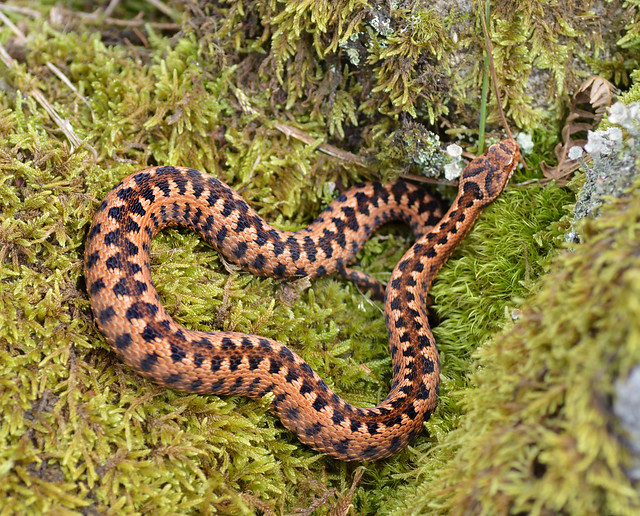
Vipera aspis zinnikeri
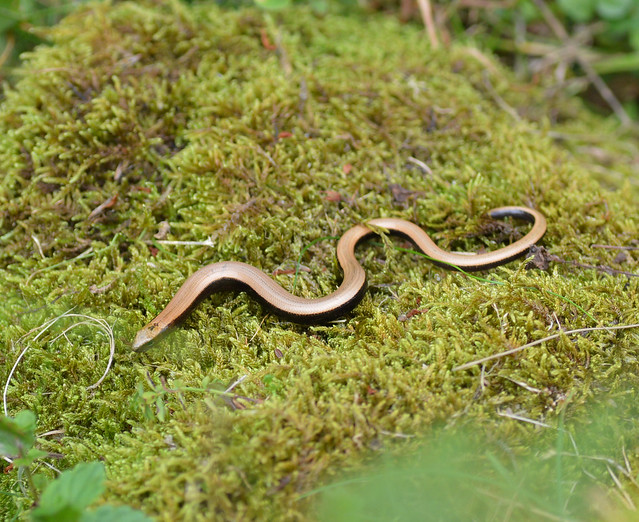
Anguis fragilis

The evening sky is revealed, and it is hopeful that we stay on the spot to camp!

Sunday, August 18, not a single cloud on the horizon, a real treat!
We leave at dawn to attack the 600m altitude difference that separate us from our spot.
Once there, we do not have time to be disappointed because Iberolacerta aranica are at the party. They were everywhere!
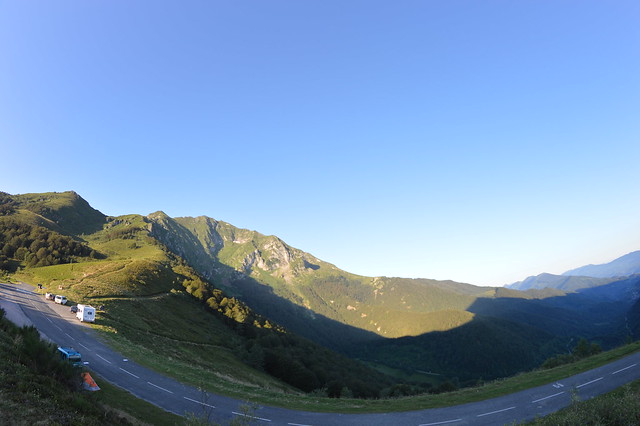


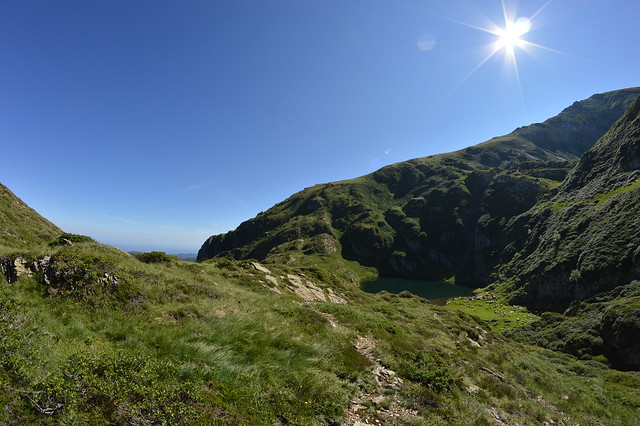
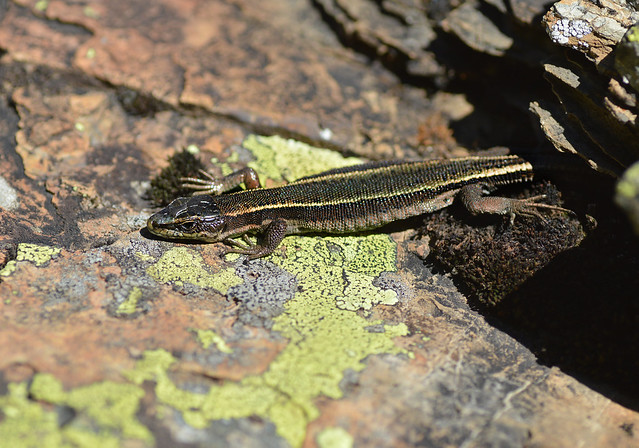
Iberolacerta aranica
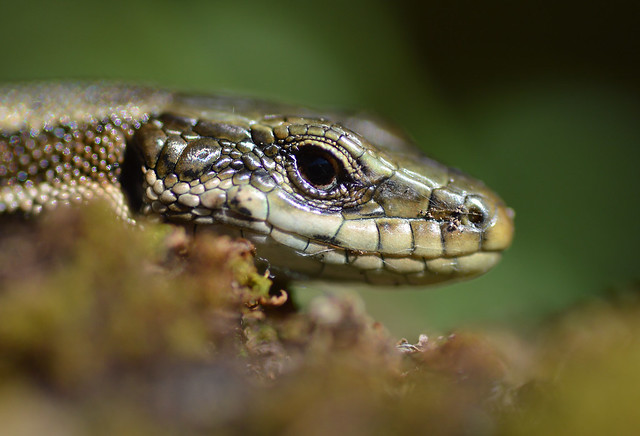
Iberolacerta aranica
The descent was rapid and enthusiastic, strengths of these beautiful observations, here we are, left to Iberolacerta aurelioi spot.
Again, it's 1h30 walk that confront us, but we are not afraid of anything!
This fierce little lizard is low represented on this site, but we were lucky and some of them where out (but the pictures are not up to our expectations). That said, you have to accept that Nature does not always offered her on a platter, the case is beautiful, the picture simply shows.
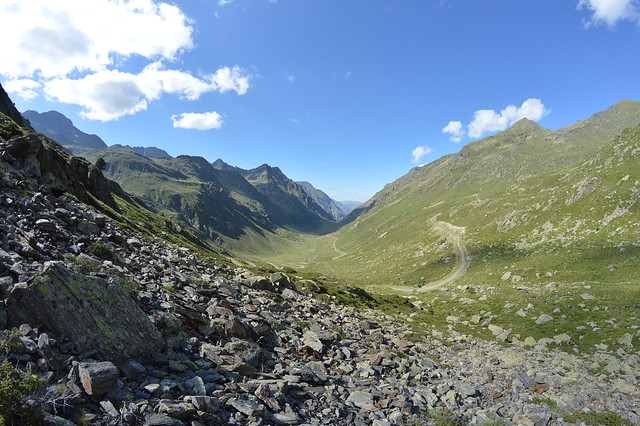

Iberolacerta aurelioli
The trip ends on that happy note (despite photographic disappointment) and is full of fond memories as we begin our way back. Leaving behind us those wonderful moments spent with incredible Pyrenean massif's wildlife. Believe me, this is just a "goodbye" !